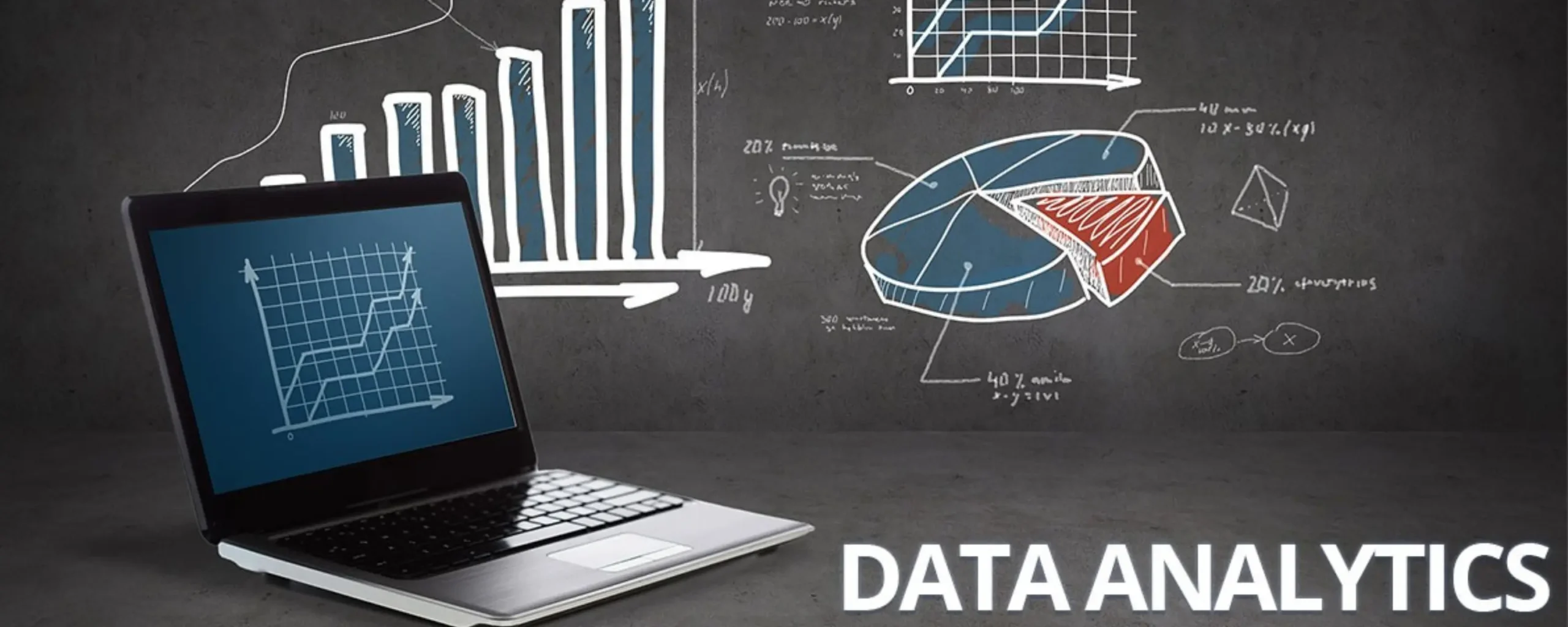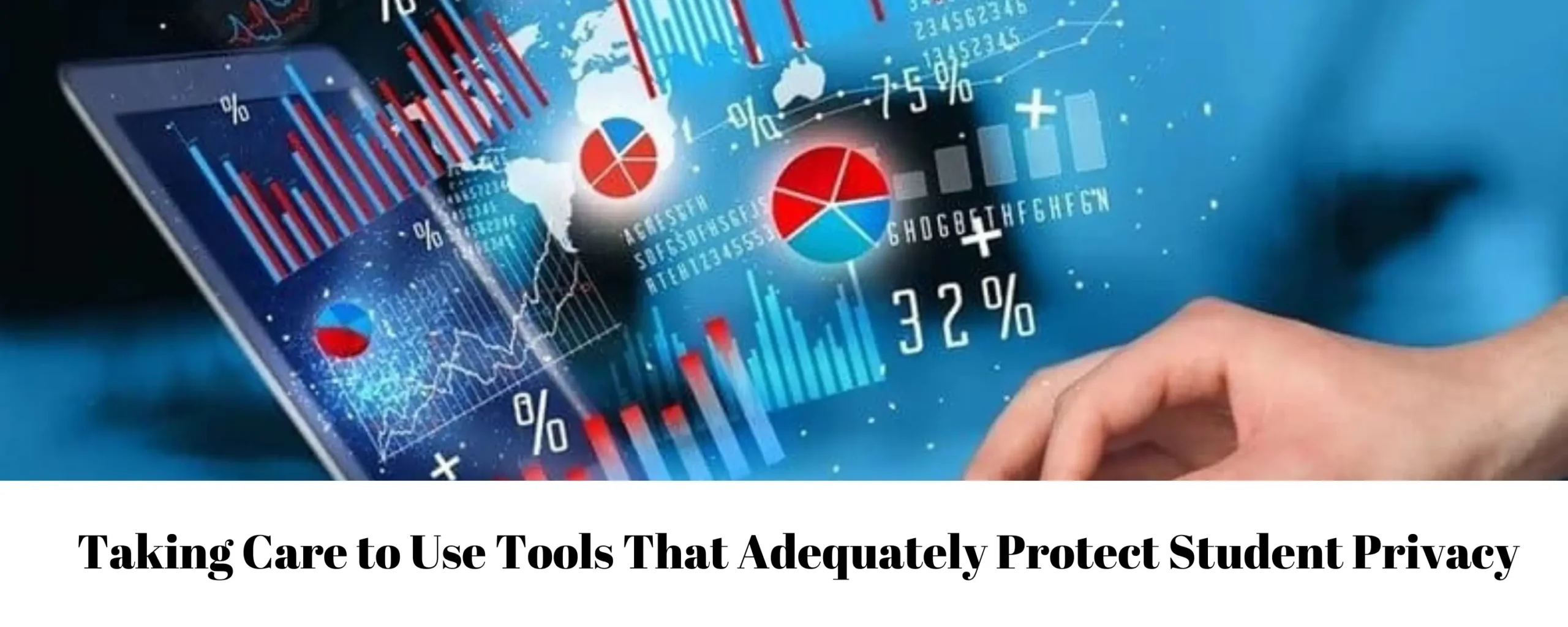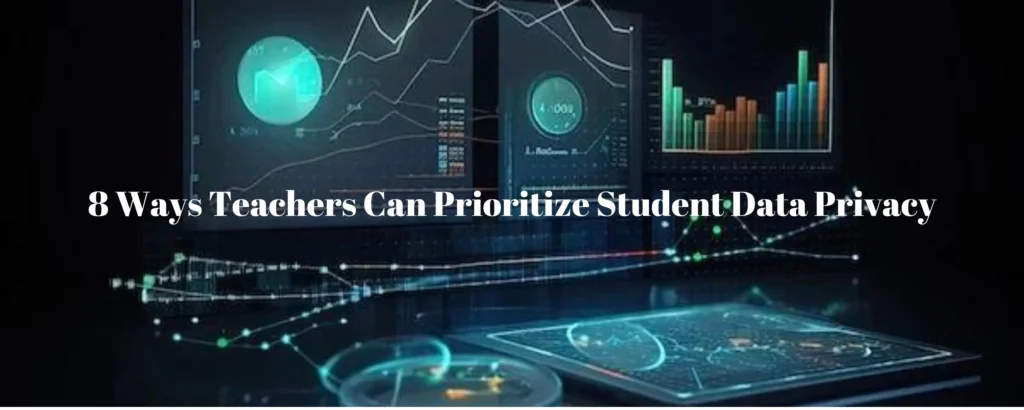8 Ways Teachers Can Prioritize Student Data Privacy
Student data privacy refers to the protection of students’ personal information collected and maintained by educational institutions, organizations, or technology providers. This includes data such as student names, addresses, birthdates, academic records, disciplinary records, and any other information that could identify an individual student.
Ensuring student data privacy involves implementing policies, practices, and technologies to safeguard this information from unauthorized access, use, or disclosure. It also involves complying with relevant laws and regulations, such as FERPA in the United States or GDPR in the European Union, which outline specific requirements for the collection, storage, and sharing of student data.
Maintaining student data privacy is essential for several reasons:
Protection of Personal Information:
Students have a right to privacy, and their personal information should be protected from misuse or unauthorized access.
Trust and Confidence:
Maintaining strong data privacy practices helps build trust and confidence among students, parents, and the broader community in educational institutions and organizations.
Prevention of Identity Theft and Fraud:
Student data, if compromised, can be used for identity theft or fraud. Protecting this data helps prevent such risks.
Academic and Emotional Safety:
Ensuring the privacy of sensitive information such as academic performance or disciplinary records can contribute to students’ academic and emotional safety by preventing unnecessary exposure or stigmatization.
Compliance with Legal and Ethical Obligations:
Educational institutions and organizations have legal and ethical obligations to protect student data as outlined by relevant laws and regulations, as well as professional standards and codes of conduct.
Overall, student data privacy is paramount in maintaining a safe, secure, and ethical educational environment where students’ personal information is respected and protected.
Protecting student data privacy is crucial in today’s educational landscape. Here are eight strategies teachers can implement to prioritize student data privacy:

Familiarize Yourself with Data Privacy Laws and Policies:
8 Ways Teachers Can Prioritize Student Data Privacy, Stay updated on relevant laws like the Family Educational Rights and Privacy Act (FERPA) in the United States or the General Data Protection Regulation (GDPR) in the European Union. Understand your responsibilities and rights regarding student data.
Limit Data Collection:
Collect only the data necessary for educational purposes. Avoid collecting sensitive information that isn’t directly relevant to teaching and learning.
Secure Data Storage:
Store student data securely, whether it’s digital or physical. Utilize encrypted storage solutions and password protection for digital files. Physical records should be kept in locked cabinets or rooms.
Use Secure Communication Channels:
When communicating about student data, use secure channels such as encrypted email or dedicated communication platforms with end-to-end encryption.
Obtain Consent:
Obtain explicit consent from parents or guardians before collecting any personal data from students, especially if it involves sharing data with third parties.
Anonymize Data When Possible:
If you need to share data for research or reporting purposes, anonymize it whenever possible to protect student privacy. Remove identifying information or use pseudonyms.
Educate Students About Privacy:
Teach students about the importance of privacy and how to protect their personal information online. Encourage them to use strong passwords, be cautious about sharing information, and recognize phishing attempts.
Regularly Review and Update Privacy Policies:
Periodically review and update your privacy policies and practices to ensure they align with current laws and best practices. Stay informed about emerging technologies and potential risks to student privacy.
By prioritizing student data privacy, teachers can create a safe and secure learning environment that respects students’ rights and protects their personal information.
Learning About Student Data Privacy
8 Ways Teachers Can Prioritize Student Data Privacy Learning about student data privacy is crucial for educators, administrators, and anyone else involved in the education sector. Here’s a breakdown of key topics to explore:
Laws and Regulations:
Familiarize yourself with laws and regulations governing student data privacy in your region or country. This could include FERPA in the United States, GDPR in the European Union, or similar regulations elsewhere.
Types of Data:
Understand the types of data that are considered personally identifiable information (PII) and should be protected. This includes student names, addresses, birthdates, academic records, disciplinary records, and more.
Data Collection and Use:
Learn about how student data is collected, stored, and used within educational institutions. This includes data collected through student information systems, learning management systems, online platforms, and other educational technologies.
Data Security:
Explore best practices for securing student data, both in terms of digital security (e.g., encryption, secure storage) and physical security (e.g., locked filing cabinets).
Consent and Parental Rights:
Understand the importance of obtaining consent from parents or guardians before collecting or sharing student data, especially when working with minors.
Third-Party Services:
Be aware of the privacy policies and practices of third-party services or vendors that may have access to student data, such as educational apps or cloud storage providers.
Data Retention and Deletion:
Learn about policies and procedures for retaining and deleting student data in accordance with legal requirements and best practices.
Training and Awareness:
Educate yourself and others in your organization about the importance of student data privacy and how to uphold privacy best practices in daily operations.
Incident Response:
Develop protocols for responding to data breaches or other incidents that may compromise student data privacy, including notifying affected parties and taking steps to mitigate harm.
Continuous Improvement:
Stay informed about developments in student data privacy laws, regulations, and best practices, and continuously evaluate and improve your organization’s privacy policies and procedures accordingly.
By educating yourself about student data privacy, you can help create a safe and secure learning environment where students’ personal information is respected and protected.
Taking Care to Use Tools That Adequately Protect Student Privacy
When selecting tools to use in the classroom or educational environment, it’s essential to prioritize student privacy. Here are some steps you can take to ensure that the tools you use adequately protect student privacy:

Research Privacy Policies:
Before adopting any tool or software, thoroughly review its privacy policy. Look for clear statements about how the tool collects, stores, and uses student data. Ensure that the policy aligns with relevant laws and regulations, such as FERPA or GDPR.
Data Minimization:
Choose tools that collect only the minimum amount of student data necessary for their intended purpose. Avoid tools that request excessive or irrelevant personal information.
Encryption and Security Measures:
Look for tools that employ strong encryption and other security measures to protect student data from unauthorized access or breaches. Check whether the tool undergoes regular security audits or certifications.
User Consent:
Ensure that the tool obtains appropriate consent from parents or guardians before collecting any personal information from students, especially for students under the age of 13 (in compliance with laws like COPPA in the United States).
Data Ownership and Control:
Verify that the tool’s privacy policy specifies that the educational institution retains ownership and control over student data. Avoid tools that claim ownership or the right to sell student data to third parties.
Transparent Data Practices:
Choose tools that are transparent about their data practices and provide users with clear information about how their data is used, who has access to it, and how long it is retained.
Data Deletion:
Ensure that the tool allows for easy deletion of student data when it is no longer needed or requested. Verify that data deletion processes are thorough and irreversible.
GDPR and International Compliance:
If you operate in regions covered by GDPR or similar international regulations, ensure that the tools you use are compliant with these standards regarding data protection and privacy.
Vendor Reputation:
Research the reputation and track record of the tool’s vendor regarding data privacy and security. Look for reviews, testimonials, or any history of data breaches or privacy incidents.
Feedback and Reporting:
Provide mechanisms for students, parents, and educators to report any privacy concerns or incidents related to the tool’s use. Ensure that the vendor has a process for promptly addressing and resolving such issues.
By taking these precautions and carefully evaluating the privacy practices of the tools you use, you can help protect student privacy and create a safer learning environment for everyone involved.

